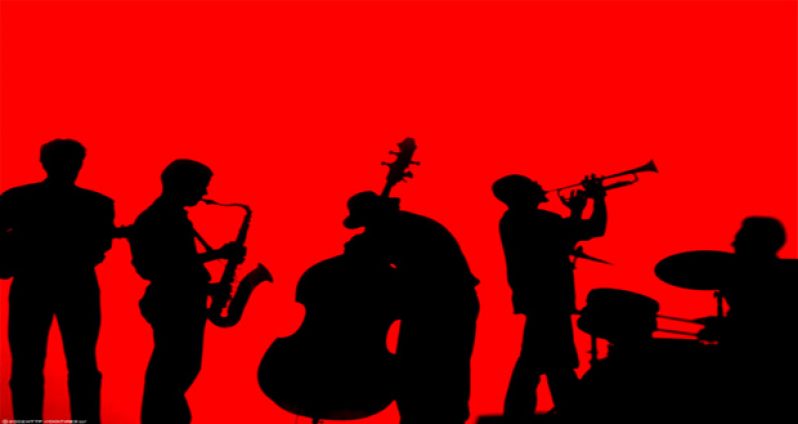WITH the birth of the soloist came a new dimension to the music through the method of competition. Each one wanted to be ‘The Man’. They were standing their ground, demanding to be recognised. Louis Armstrong, the pioneer on trumpet, had heralded the age of the soloist. His influence spread not only to the musicians, but more so to their instruments. Armstrong was a leader; he made changes to the Fletcher Henderson band that Henderson agreed with.
RHYTHMIC INGENUITY
According to some critics, in the tune “Shanghai Shuffle”, Armstrong offers a lesson in rhythmic ingenuity. He was at this time pointing the way to a more modern conception of improvisation. Commentators have claimed that in the end, Armstrong’s impact was decisive for the Fletcher Henderson band, for the New York scene, and for the jazz world.
However, the number of cornet and trumpet soloists who were aching to take Armstrong’s crown were coming out of the woodwork. According to music critic, Gary Giddins: “The only man who, for a short while, seemed Armstrong’s equal as an improviser during those traditional years was Sidney Bechet.”
By the close of the 1920s, a number of other cornet and trumpet players were crafting styles in the Armstrong mold. Jacob Smith and Henry “Red” Allen were the most undeservedly neglected musicians of that period. Smith’s playing pointed to the later evolution of jazz trumpeters Roy Eldridge and Dizzy Gillespie.
‘RED’ ALLEN
By 1929, Henry “Red” Allen emerged on the scene with impressive recordings. His playing, according to some music critics, was akin to Armstrong’s tone and structure. Armstrong was always the yardstick by which musical things, especially the trumpet, was measured. Over the years, Armstrong and Allen became formalised rivals.
He, Armstrong, thrived on the competition offered by the other luminaries of the horn. For one, he liked to demonstrate his mastery, especially his skill at hitting the high notes. And according to commentators, he “exhibited endless ingenuity in building up the latter.” It has often been said that without a doubt, Louis Armstrong was the most important and influential musician in Jazz history.
With the movement of personnel from New Orleans to either north New York or west California, soloists of all the instruments, like Jim Hall (electric guitar); Clifford Brown (trumpet); Albert Ayer (tenor saxophone); Alice Coltrane (harpist, composer); Art Tatum (pianist), were all trying new things; new improvisations, with melody and harmony.
Some removed themselves from their original Dixie Land sound, and hybrids like “Boogie Woogie, swing and bop joined the language, as various new tones began to emerge.
As the jazz years rolled on and new sounds were continuing to reverberate, the phonograph record started to play a critical role in disseminating the creative fruits of Jazz, to all who cared to listen. By 1921 Jazz sales had reached $47.8 M. This tremendous growth set the stage for a substantial increase in recordings of Jazz music over the next several years.
‘BIX’ BEIDERBECKE
Enter Leon “Bix” Beiderbecke, a White kid born in Davenport, Iowa in 1903, three years younger than Louis Armstrong, and four years younger than Duke Ellington. Beiderbecke’s early influence on jazz music came from the Original Dixie Land Jazz Band (ODLJB) and the playing of their lead cornetist, Nick La Rocca.
In 1910, the Davenport Chronicle carried an article about seven-year-old Beiderbecke, who it claimed “can play any selection he hears on the piano, entirely by ear.” That was his downfall throughout the years: He never learned to read music well, because it was much easier for him to play by ear. Of course, ear music can take you only so far. He had already taught himself how to play the piano, so he decided to teach himself to play the cornet. With no teacher to guide him, ‘Bix’ fell into the habit of using unconventional ‘fingerings’, which, according to him, gave the horn a different sound that he liked. Of course, the right way of fingering the notes were taught to him, but he refused to adopt them. He was determined to do things his way or not at all.
THE WOLVERINES
Beiderbecke’s first major band was the Wolverines, which brought together a group of musicians who were inspired by the music of the New Orleans Rhythm Kings. What they learnt from the Rhythm Kings is still a mystery. However, commentators claim that Bix’s sensitivity to alter tones come from that early collaboration. But one also notes the relaxed delivery so characteristic of Beiderbeke’s phrasing. Beiderbecke could not match the intensity of Armstrong, the rough-edged sound of KIng Oliver, nor the lyrical fillings of Sidney Bechet. What Bix did was to slow the music down to a normal pace.
Eddie Condon, a collaborator of Beiderbecke’s, said; “For the first time, I realised that music ain’t all the same; that some people play so differently that it becomes an entirely new set of sounds.”
To the critic, Mezz Mezzrow, “Beiderbecke’s tone was pickle in alcohol. I have never heard a tone like he got before or since.”
Attending a Beiderbecke performance in Chicago in the mid-1920s, Louis Armstrong was quoted as saying: “I’m telling you, those pretty notes went right through me.”
By Milton Bruce



.jpg)








